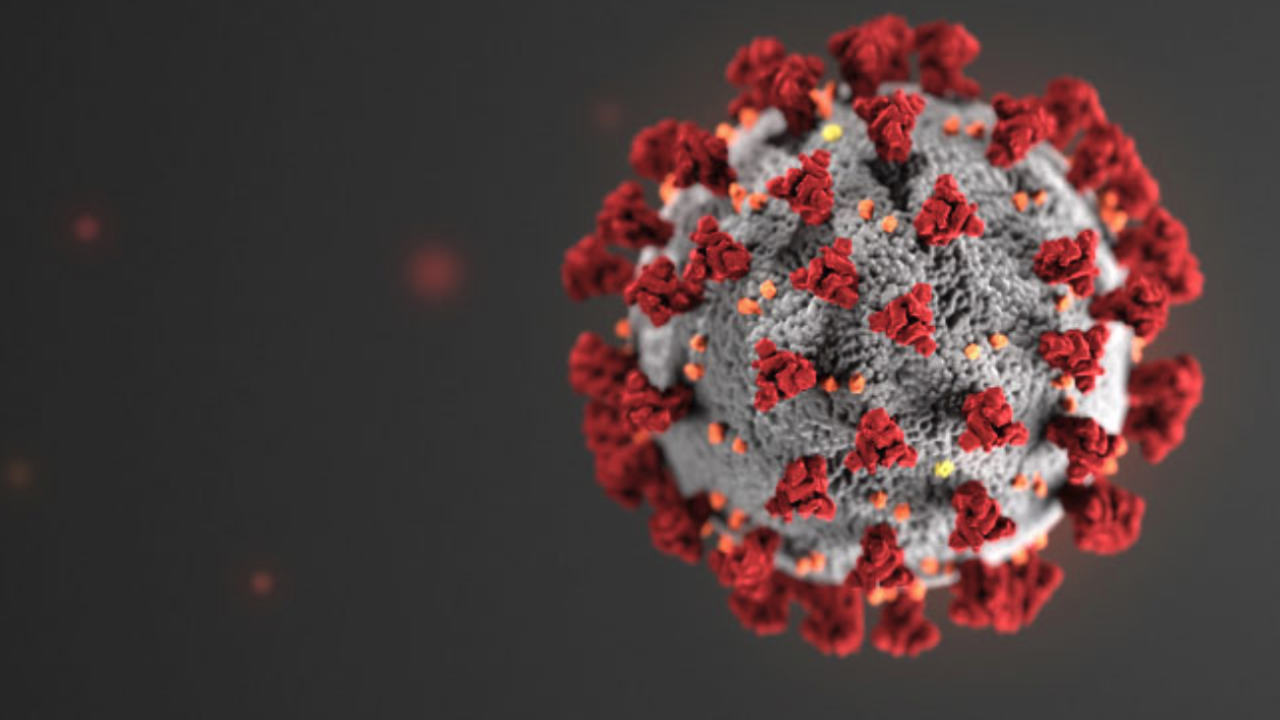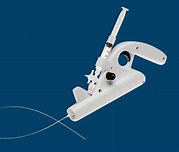
Medtronic plc data presented Nov. 12 reinforce the durability, safety, and effectiveness of the IN.PACT Admiral drug-coated balloon (DCB) in patients with peripheral artery disease in the superficial femoral and popliteal arteries.
The five-year and final results from the pivotal IN.PACT SFA Trial and one-year all-subjects results from the Total IN.PACT Pooled Analysis were presented in two late-breaking clinical trial presentations at the Vascular Interventional Advances (VIVA) 2018 conference in Las Vegas.
“Since the entrance of DCBs into the market several years ago, we have seen a shift towards the use of this technology as a frontline therapy to treat patients with PAD,” said Mark Pacyna, vice president and general manager of the Peripheral business in the Medtronic Cardiac & Vascular Group.
“This is especially true of IN.PACT Admiral DCB, which has consistently proven to be one of the safest, most effective, and durable therapies in treating patients across the spectrum of femoral-popliteal disease. We are proud to have become the first company to share five-year data on a commercially-available DCB and the first to present outcomes from the largest pooled analysis in the peripheral space to-date. We believe this new evidence will give physicians the confidence that IN.PACT Admiral DCB is the preferred first line therapy for patients who suffer with femoral-popliteal disease.”
John Laird, MD, is the medical director of the Adventist Heart and Vascular Institute and co-principal investigator for the IN.PACT SFA Trial.
Using time-to-event survival analysis, IN.PACT Admiral DCB continued to outperform the percutaneous transluminal angioplasty (PTA) control arm in freedom from clinically-driven target lesion revascularization over the five-year follow-up period. The Kaplan-Meier estimate was 74.5 percent in the DCB group versus 65.3 in the PTA group (log-rank p= 0.0196).
The data also showed the long-term safety benefits of IN.PACT Admiral, with low rates of major target limb amputation (0.5 percent) and thrombosis (2.2 percent) in the IN.PACT Admiral DCB arm, and no device or procedure-related deaths through five years in both the IN.PACT Admiral DCB and PTA arms.
“With the data presented today at VIVA, we continue to see sustained clinical benefit of IN.PACT Admiral with three quarters of DCB patients in the study not requiring a reintervention through five years,” Dr. Laird said. “This is truly remarkable considering the complexity and progressive nature of PAD.
“For these patients, it means we are providing them with a long-term, durable solution that reduces the need for frequent reinterventions, leading to a potential improvement in their quality of life.”
A separate presentation by Mehdi Shishehbor, DO, MPH., Ph.D. included a pooled, one-year analysis from all of the company’s IN.PACT patients, showing superior freedom from repeat interventions with the Admiral balloon compared to standard angioplasty. Dr. Shishehbor is the director of the Heart and Vascular Institute at the University Hospitals Cleveland Medical Center.
The all-subjects analysis evaluated all 1,837 DCB and 143 PTA subjects from across IN.PACT Admiral clinical programs. Results showed that IN.PACT Admiral DCB outperformed the PTA control arm in freedom from clinically-driven target lesion revascularization with a Kaplan-Meier estimate of 93.8 percent in the DCB group versus 80.2 percent in the PTA group (log-rank p<0.001).
Additional safety and effectiveness outcomes from the DCB arm also included low rates of thrombosis (2.5 percent), major target limb amputation (0.2 percent), and all-cause mortality (3.1 percent) through one-year in a large PAD patient population.
“With Total IN.PACT, we are able to show that IN.PACT Admiral is the first DCB to demonstrate strong and consistent efficacy in lesions up to 360mm,” Dr. Shishehbor said.
“The data from the all-subjects analysis also confirm IN.PACT Admiral DCB’s superior safety and freedom from reintervention rate at one year, while offering important information to help enhance treatment decisions. These one-year data, combined with the five-year data also presented today, provide physicians with additional confidence in using IN.PACT Admiral DCB as a primary therapy over PTA.” VTN
READ MORE: Medtronic.com




